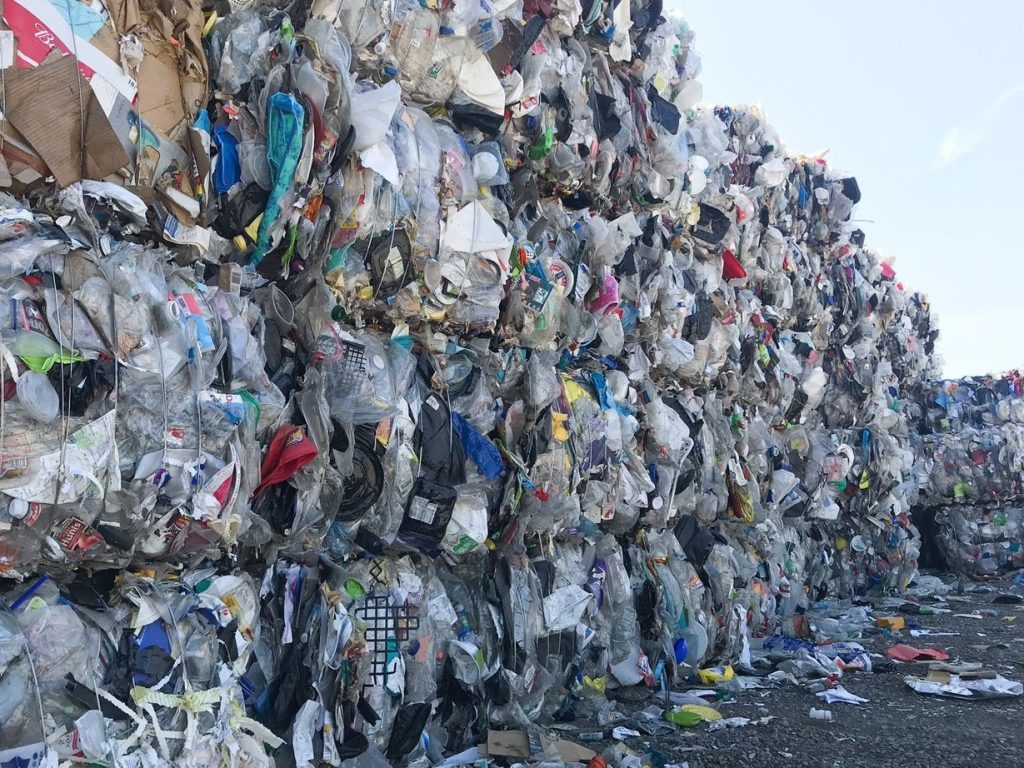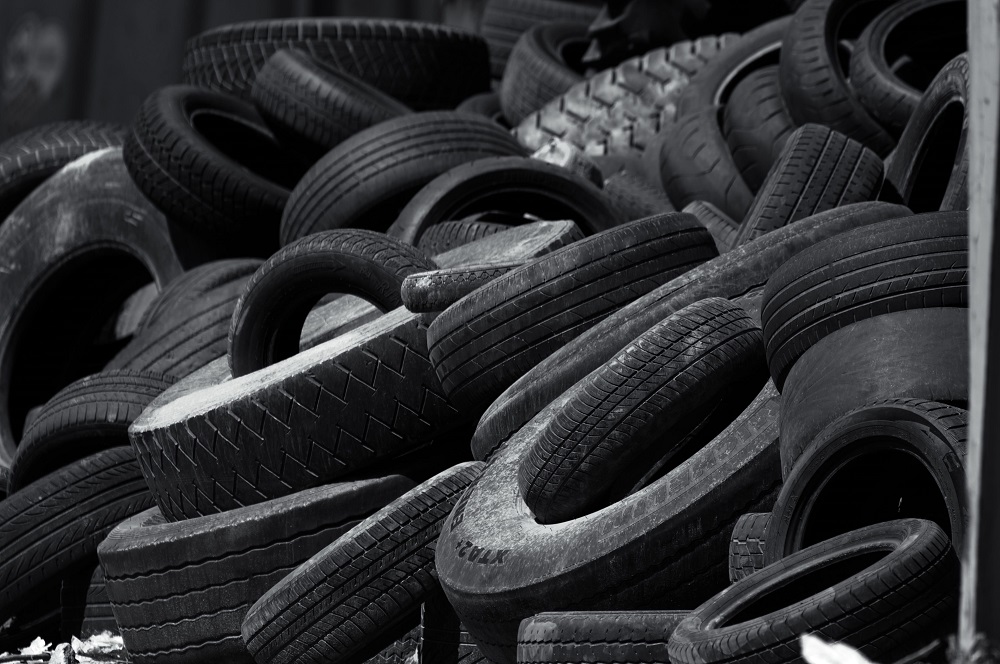Pyrolysis is increasingly seen as a revolutionary solution to the global waste problem. By using high temperatures in an oxygen-free environment, pyrolysis technology transforms waste materials such as plastics and used tires into usable resources like fuel oil, gas, and carbon black. This process is not only eco-friendly but also economically viable. One of the most crucial factors in the success of pyrolysis operations is the type and quality of feedstock. In this article, we will explore which plastics and tires are suitable for pyrolysis and why they matter.
Understanding Pyrolysis Technology
Pyrolysis works by thermally decomposing organic materials at temperatures ranging between 300°C and 600°C. In the absence of oxygen, long-chain hydrocarbons break down into shorter chains, producing combustible gas, liquid oil, and solid char. The composition and yield of these outputs largely depend on the type of input material.
Beston Group pyrolysis unit provides advanced designs that optimize yield based on input type. These systems are engineered to handle different types of waste with flexibility and efficiency, making them suitable for diverse industrial applications around the globe.
Plastics Suitable for Pyrolysis
Not all plastics can be processed effectively through pyrolysis. Thermoplastics, which soften when heated, are the ideal candidates. These include:
- Polyethylene (PE): Commonly used in packaging, shopping bags, and containers.
- Polypropylene (PP): Found in bottle caps, automotive parts, and textiles.
- Polystyrene (PS): Used in disposable cutlery, CD cases, and foam packaging.
Contaminated or multilayer plastics may reduce efficiency and require pre-treatment. A plastic to oil plant is specifically designed to process plastic waste, converting it into fuel oil with minimal emissions and maximum resource recovery. Beston Group’s solutions include feeding systems, condensing units, and oil separators to ensure a smooth and clean process.

Types of Tires for Pyrolysis
Used tires are an excellent feedstock for pyrolysis due to their high carbon content and calorific value. The process can handle:
- Passenger vehicle tires
- Truck and bus tires
- Agricultural and industrial tires
It is important to shred and remove steel wire before pyrolysis. Rubber compounds in tires are made of natural and synthetic rubber, along with carbon black and oils, all of which break down to create valuable outputs. A well-designed tire to oil plant can produce high-quality pyrolysis oil, carbon black for reuse in industrial applications, and steel wire for recycling.

Key Benefits of Tire and Plastic Pyrolysis
Pyrolysis offers a host of environmental and economic advantages:
- Reduces plastic and rubber waste in landfills
- Generates alternative fuels with real market value
- Minimizes CO₂ emissions compared to incineration
- Creates new revenue streams from byproducts
- Encourages sustainable industrial practices
Global Demand for Waste-to-Oil Solutions
Countries worldwide are investing in pyrolysis plants as part of their circular economy strategies. Asia, Africa, and South America, in particular, are seeing rapid adoption due to the abundance of plastic and tire waste, coupled with rising fuel costs. Environmental policies are also tightening, making traditional disposal methods less viable.
This demand has driven innovation in modular pyrolysis systems, allowing for scalable deployment even in rural or small-scale industrial zones. Beston Group is at the forefront of this movement, delivering turnkey pyrolysis solutions tailored to various feedstock types and regional needs.
Feedstock Preparation: A Critical Step
Proper preparation of plastic and tire feedstock ensures better yield and reduced downtime. Common pre-treatment steps include:
- Shredding large plastic parts and whole tires
- Removing moisture and contamination
- Separating metals (from tires) and labels (from plastic bottles)
High-quality feedstock not only improves oil yield but also extends the life of pyrolysis equipment by minimizing wear and tear from unwanted residues.
Conclusion: Matching Feedstock with Technology
The effectiveness of any pyrolysis operation begins with the right feedstock. Thermoplastics such as PE and PP, and all types of rubber tires, are prime candidates for pyrolysis. By choosing high-quality materials and a proven technology provider, operators can maximize output and ensure long-term profitability.
Whether you’re a government agency addressing waste management or an entrepreneur exploring renewable fuel production, investing in a proper pyrolysis system can create measurable environmental and financial benefits. Beston Group continues to lead the way by offering advanced, reliable solutions that transform waste into opportunity—one tire and plastic bag at a time. More information in https://www.bestongroup.com/.